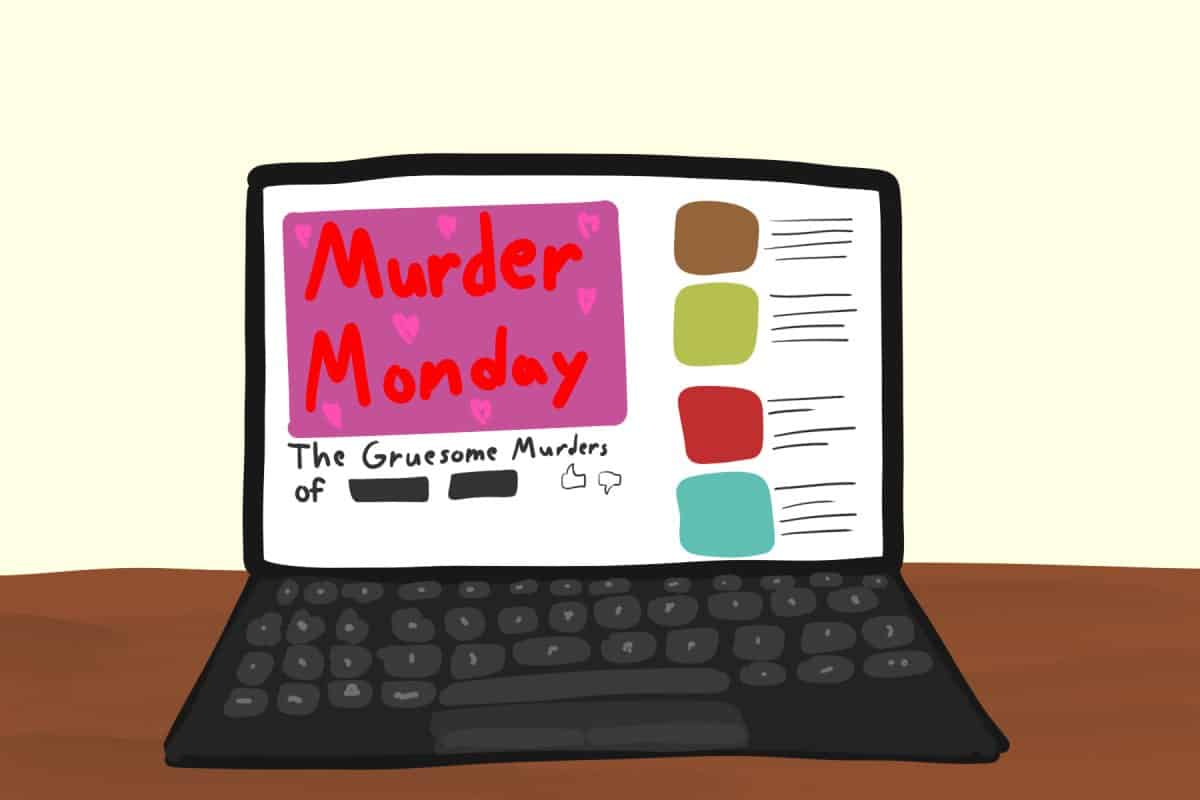In today’s music world, an artist with a message containing much depth is hard to come by, it seems. Look at the top artists in any given genre right now and you can sum up a majority of their songs in even just one word. Taylor Swift? Boys. Justin Bieber? Girls. Ke$ha? Partying. This is especially true for the current hip hop and rap world. Artists like 2 chainz, Big Sean or Wiz Khalifa are mostly one-trick ponies whose songs revolve around money, cars, girls, drugs and partying.
Their lyrics and beats all work well inside bars and nightclubs, where people are less worried about artistic ability and more concerned about who’s buying the next round of drinks. Unfortunately, to the masses, those are the names and faces that mostly represent today’s rap scene. But who people need to be paying attention to if they’re looking for music that contains substance, emotion and soul are rap artists like Kendrick Lamar.
Raised in Compton, Calif., Kendrick Lamar grew up idolizing Tupac, not only for his artistic ability, but also for the way he tried to live his life. One listen through his debut album, “good kid, m.A.A.d city,” the legendary rapper’s influence on what Lamar chooses to speak about in his lyrics becomes quickly apparent. Instead of following many of today’s rappers in writing lyrics centered around superficial things like cars, jewelry and money, he decides to focus on the personal issues he faces and the problems experienced growing up on the streets of Compton. The big topics Lamar focuses on throughout his songs are ones that anybody can relate to, whether you grew up in the inner city or in the suburbs.
One of the most prolific of the subjects he speaks about is the peer pressure to do things like drink, do drugs or commit crimes and how the decision either to do or not to do these things can affect somebody for the rest of their life. One of the most popular songs off his album is “Swimming Pools (Drank),” and though it might be used as a song at a party, a closer look at the lyrics reveals Lamar’s family history of alcoholism, along with his own personal struggles with drinking and an examination of the reasons why people drink.
The most interesting thing about Lamar and his debut album is the way he presents it to the audience. While many artists today throw a random mix of songs into an album, hoping a few will become radio hits, Lamar tells a story about himself throughout his entire album, with each song adding another individual piece to the puzzle of his life. While those who didn’t grow up in areas like Compton might not be able to relate to all the problems he talks about, not only does he give a deeper insight into those problems he and his friends faced, he also allows for you to look inside yourself and the struggles that you might be going up against.
It’s encouraging to see young musicians such as Lamar in today’s music business, and even more exciting when they are finding success like he is (“good kid, m.A.A.d city” is currently number 3 on Billboards hip hop/rap album chart, number 12 on its digital albums chart, and sold close to 250,000 copies in the first week alone). With backing and support from music legends like Dr. Dre, it’s not a stretch to say that this success will only continue to grow over time.
Hopefully, as artists such as him begin to make a bigger name for themselves, it will not only encourage future artists to follow in their footsteps, but also for audiences to begin to relate the hiphop/rap genre with names like Kendrick Lamar, instead of those who make much less memorable statements. I encourage every music lover to check out Lamar’s album and listen to it from start to finish; I think that you’ll quickly become a fan of the smart and powerful music by the West Coast rapper.
^
Brad Tipper is a junior majoring in economics and political science. His column runs biweekly on Mondays.








